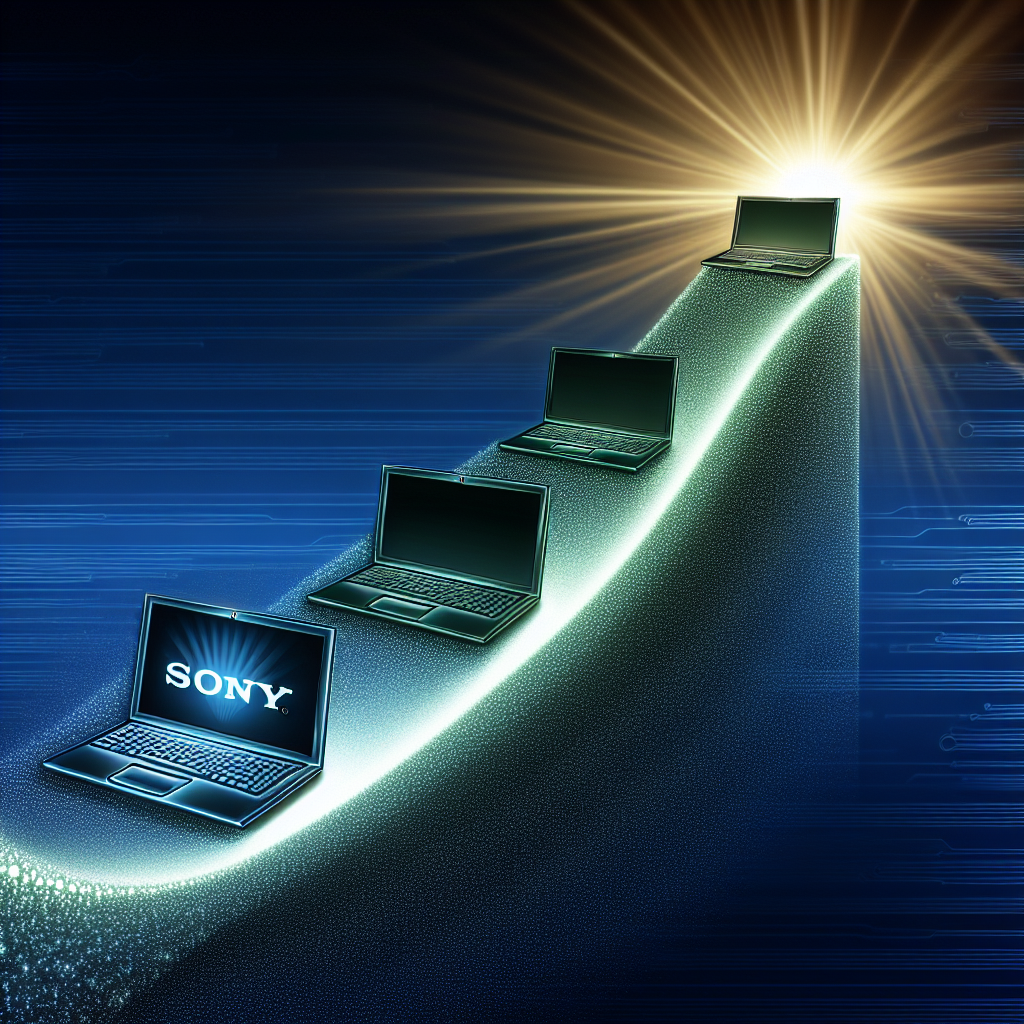Your cart is currently empty!
The Rise and Fall of Sony Laptops: A Look Back at the Brand’s Journey

Sony was once a dominant player in the laptop market, known for its sleek designs, innovative features, and high-performance machines. However, over the years, the brand has seen a decline in popularity and market share, leading to the eventual discontinuation of its laptop division. Let’s take a look back at the rise and fall of Sony laptops.
The Rise of Sony Laptops
Sony entered the laptop market in the late 1990s, launching its VAIO brand of computers. The VAIO laptops quickly gained a reputation for their stylish designs, vibrant displays, and powerful performance. Sony’s focus on innovation and cutting-edge technology helped it stand out in a crowded market, appealing to consumers who were looking for a premium computing experience.
One of the key factors that contributed to the success of Sony laptops was the brand’s commitment to design. Sony laptops were known for their sleek, slim profiles, and premium materials, setting them apart from the bulkier and more utilitarian designs of other manufacturers. The attention to detail and craftsmanship that went into each VAIO laptop made them highly desirable among consumers who valued style and aesthetics.
In addition to design, Sony laptops were also known for their advanced features and specifications. From high-resolution displays to powerful processors and graphics cards, Sony laptops offered top-of-the-line performance that appealed to professionals, creatives, and power users alike. The brand’s focus on delivering a premium computing experience helped it establish a loyal customer base and build a strong reputation in the market.
The Fall of Sony Laptops
Despite its early success, Sony laptops began to face challenges in the mid-2000s as competition in the market intensified. Other manufacturers started to catch up to Sony in terms of design and performance, offering laptops that were comparable in quality at lower price points. Additionally, the rise of smartphones and tablets as primary computing devices began to erode the demand for traditional laptops, leading to a decline in sales for Sony.
Another factor that contributed to the decline of Sony laptops was the brand’s reluctance to adapt to changing market trends. While other manufacturers were quick to embrace new technologies and form factors, Sony was slow to innovate and introduce new products that catered to evolving consumer preferences. This lack of agility and flexibility in responding to market shifts ultimately hurt Sony’s position in the laptop market.
In 2014, Sony announced that it would be selling its VAIO PC division to focus on its more profitable businesses, marking the end of an era for Sony laptops. The decision to exit the laptop market was a disappointing one for many fans of the brand, who had come to appreciate the quality and craftsmanship of Sony laptops over the years.
Looking back at the journey of Sony laptops, it’s clear that the brand made a significant impact on the industry with its innovative designs and high-performance machines. However, the changing dynamics of the market and the brand’s inability to adapt ultimately led to its downfall. While Sony laptops may no longer be available, the legacy of the VAIO brand lives on in the memories of those who experienced the premium computing experience that Sony once offered.
#Rise #Fall #Sony #Laptops #Brands #Journey,what happened to sony laptops

Leave a Reply